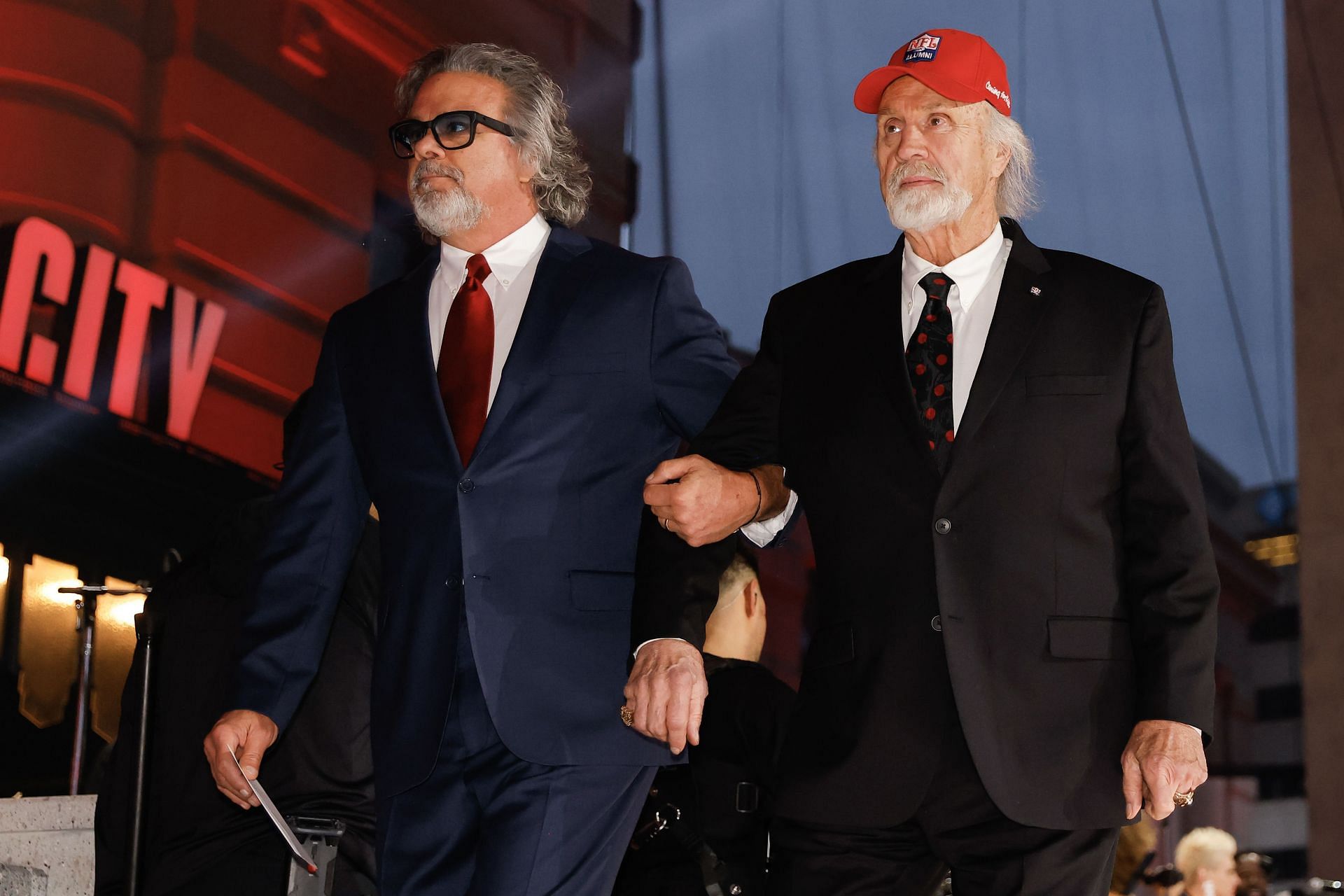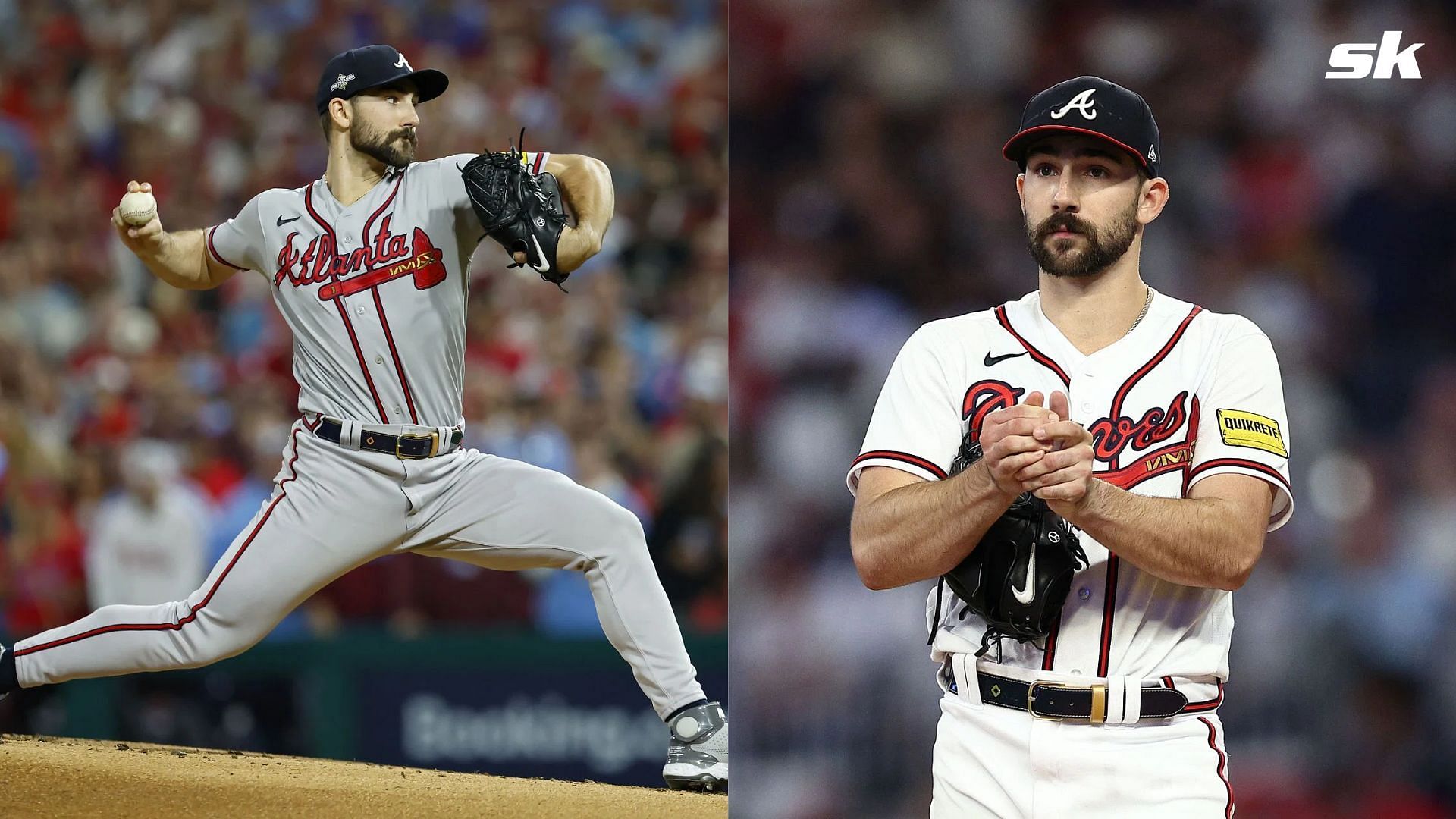I had plenty of time to come up with an epiphany Thursday night, when I watched the Red Sox beat the Yankees 6-3 in just the eighth nine-inning game this season to last at least three hours and 25 minutes.
Games like these are exactly why Rob Manfred should shorten the regular season.
Like most people with even a casual interest in baseball, I’m not usually one to think Manfred has good ideas. And the idea to potentially shorten the season to 154 or 156 games, per a story in The Athletic this week, is borne out of perhaps his worst idea: expanding baseball to 32 teams after the next labor stoppage (again, why would anyone want to join a club in which the 30 current owners are all crying poverty?) and radically realigning the leagues by geography.
But a 154-game season would be a rare olive branch to traditionalists. Major League Baseball went from a 154-game schedule to a 162-game schedule with the first wave of expansion in 1962. It would also continue the Manfred-era tradition of the game’s power brokers coming up with superficial and largely inefficient solutions to the problems they’ve created.
The Red Sox and Yankees combined to leave 24 runners on base Thursday night while going just 5-for-26 with runners in scoring position. Not surprisingly, their nine total runs were by far the fewest scored in a game lasting at least three hours and 25 minutes this season.
Such late August inefficiency could be addressed, at least theoretically, by geographical realignment and six or eight extra days off per season.
Except we’re now into a third season in which the rules intended to increase offense haven’t really increased offense at all.
Remember how the pitch clock, wider bases and the limited disengagements were going to bring action back to a game slowed to a crawl by the pursuit of three true outcomes? Well, games are faster. There were 314 nine-inning games that lasted at least three hours and 25 minutes in 2022, the final year before the rule changes.
But a plate appearance ended with a home run, walk or strikeout 33.4 percent of the time entering Friday, the same figure as in 2022. Amusingly, it’s down from 34.5 percent in 2023. This will almost certainly be the eighth straight full season in which between 33 and 35 percent of plate appearances end with one of the three true outcomes.
Stolen base attempts are at 0.92 per game entering Friday, right in line with the last two seasons and up from the 0.68 attempts in 2022. But it’s nowhere near the figures in 1995 (1.04 attempts per game) and 1985 (1.08 attempts). The Yankees’ Jose Caballero is the only player with 40 stolen bases, which means this is likely to be the fifth time in the last seven full seasons no one reaches 50 thefts.
So why would a slightly shorter schedule improve how teams perform with runners in scoring position? The struggles of the Red Sox and Yankees on Thursday were an extreme example of a league-wide issue. Teams entered Friday batting .253 with runners in scoring position, which means this is likely to be the fifth time since 2014 the league-wide average in such situations is .253 or .252. Prior to 2014, the major league average with runners in scoring position hadn’t been .252 or lower since 1972.
So go ahead, Rob. Shorten the schedule. As you’ve already proven, it’s much easier to make cosmetic changes than actually rely on your fellow power brokers to change the way the game is played.














